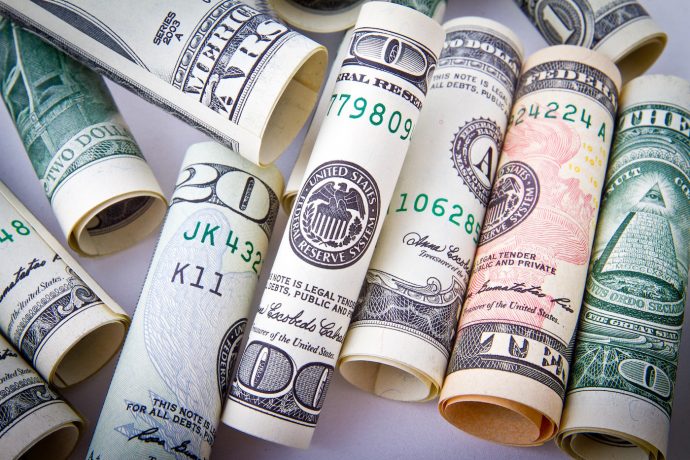Sooner or later, President Trump is going to have to add to his list of “winning” the tackling of the debt and deficit. Here are Antony Davies and James R. Harrigan writing at Public Discourse:
Reasonable people can claim that the government of the richest country in human history should provide certain things to its poorer citizens. But reasonable people cannot claim those things come without a price.
Tax Freedom Day was conceived in the 1940s to help people understand how much of their money all levels of American government take in taxes by asking a simple question. If the average worker sent his entire paycheck to the government starting on January 1, how many days would he have to work before he got to keep any of his own money? The day his wages become his own is Tax Freedom Day, which is calculated every year by the Tax Foundation. Tax Freedom Day typically falls in April. This year, it fell on April 19, which means the average tax burden in the United States—federal, state, and local—is almost exactly 30 percent.
At the other end of the calendar, Deficit Day is the hypothetical day on which the federal government spends the last dollar of its tax revenues for the year. Every dollar the government spends after Deficit Day contributes to the year’s budget deficit. This year, Tax Freedom Day and Deficit Day fall at the exact opposite ends of the calendar, with Tax Freedom Day on April 19 and Deficit Day on October 19. This year’s Deficit Day was the earliest since 2013. Ignoring the four years immediately following the Great Recession, when the government was spending at a more irresponsible rate than usual, the last time Deficit Day fell this early in the year was October 15, 1992.
In the 2018 fiscal year, the federal government collected a total of $3.3 trillion from all sources, combined, and spent $4.2 trillion, or $11 billion each day. If the government received the entire $3.3 trillion on January 1, and spent it at a constant rate of $11 billion per day, the money would have run out on October 19. From October 20, through Halloween, Thanksgiving, Black Friday, the start of Christmas break, Christmas Day, and all the way to New Year’s Eve, every dollar the government spent would go on its credit card.
Read more: Public Discourse
Image credit: www.publicdiscourse.com.

